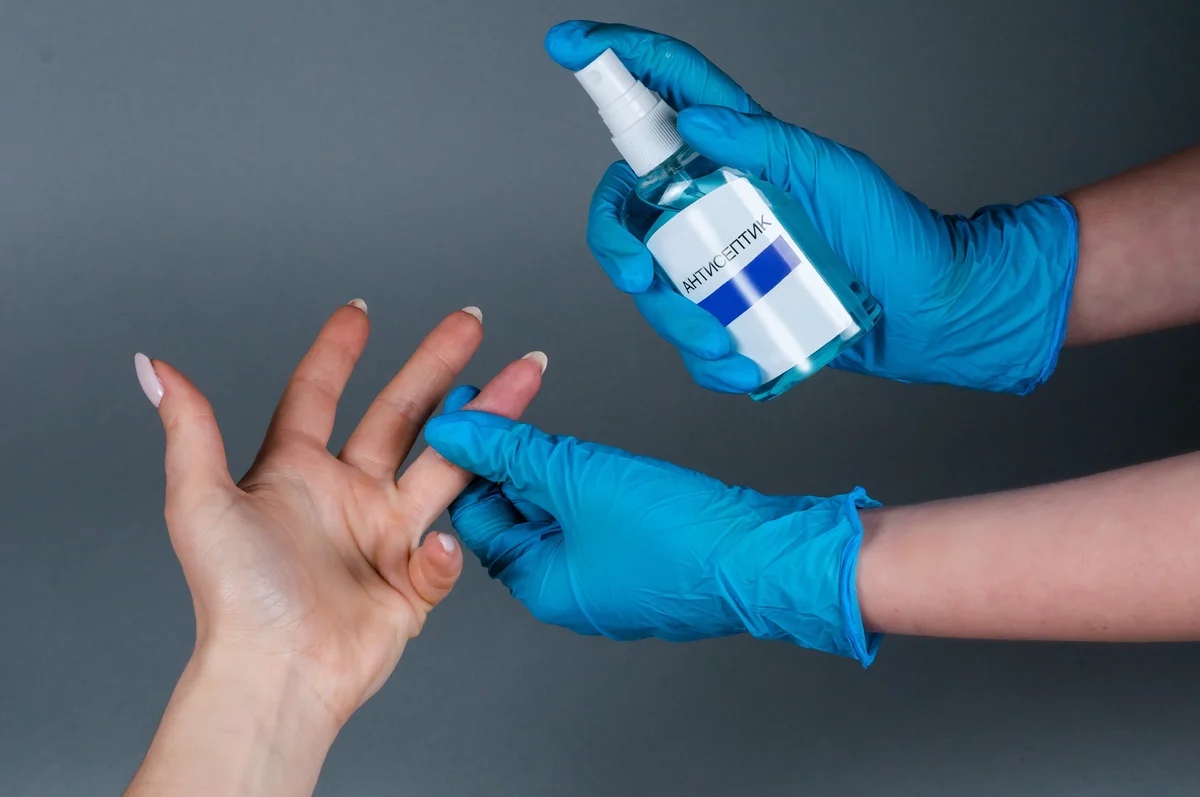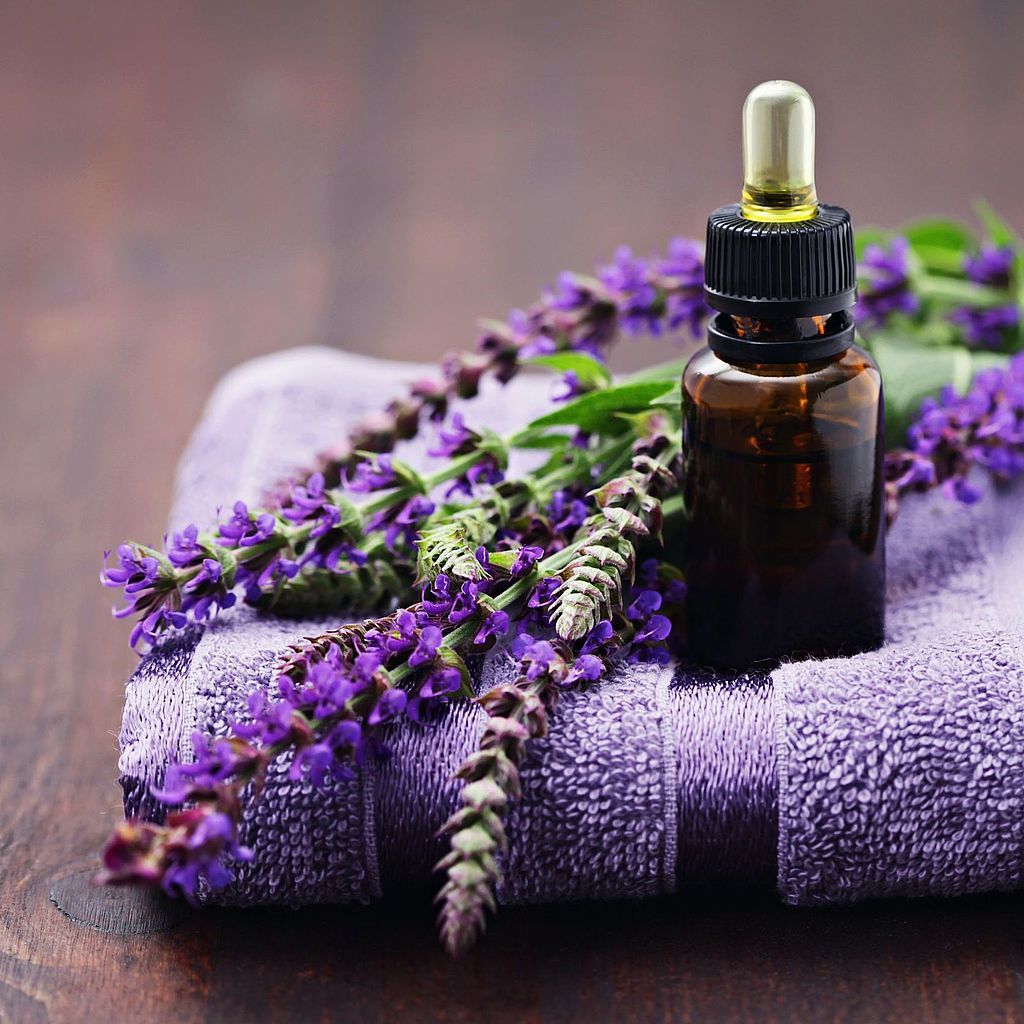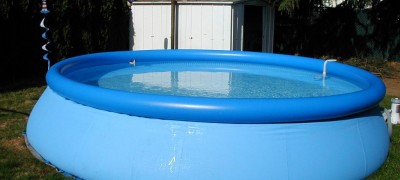A complete overview of sanitizers
People have been using antiseptics (sanitizers) for a long time, but a special demand for them appears during epidemics, when personal hygiene and the use of antibacterial drugs become one of the conditions for protecting against viruses.

What is a sanitizer
The name "sanitizer" comes from English (English sanitary) - sanitary, hygienic, antiseptic. It belongs to alcohol-based disinfectants.
Initially, they were used only in medical institutions for the processing of instruments, as well as the hands of medical personnel. They were also added to the water when cleaning medical rooms, wards, operating rooms and rooms.

Today, disinfectant solutions are widespread and used at the household level.
One of the prerequisites for protecting against infection with a viral infection and preventing the transmission of pathogenic microorganisms is the observance of basic hand hygiene rules in places where a washbasin and soap are not available.

Composition
A large selection of antiseptics, which today can be found in pharmacies, but also in cosmetics stores, as well as in supermarket departments, does not always give an idea of what a quality hand sanitizer should be and what components should be included in its composition.
In this regard, Rospotrebnadzor gave appropriate explanations, in which it was reported that the basis of these antiseptics should be alcohol, isopropyl or ethyl, in a concentration of at least 70% and 75% of the total mass of the drug, respectively. In addition to alcohol, antiseptics can include substances that destroy harmful bacteria:
- compounds of iodine, chlorine;
- various acids, alkalis and resins;
- herbal ingredients;
- alkalis and oxidants;
- other elements that kill pathogenic microflora.

So that the prepared antiseptic composition does not dry out the skin of the hands, other components may be included in the composition: gel-forming, moisturizing, caring.
Antiseptics are presented in the form of solutions, gels, napkins. It should be remembered that they do not replace the usual washing of hands with soap, and their use is justified where this procedure cannot be used.

Can I do it myself
During epidemics, the purchase of ready-made antiseptics often becomes a problem. It is easy to solve if you make a hand sanitizer at home using substances and products that are readily available. It is worth noting that they have been prepared at home for a long time, so there are many recipes that can be used to make an effective, safe and inexpensive remedy.

What is needed for this
To prepare an antibacterial composition at home, you can take:
- ethyl or isopropyl (medical) alcohol;
- 3% hydrogen peroxide or 0.05% chlorhexidine solution;
- glycerol.

Note! In the absence of glycerin in the pharmacy, you can buy sodium tetraborate, which is 85% glycerin. In addition, it contains borax, which has an antiseptic effect.
To avoid overdrying the skin while using the composition, you can add aloe gel.

One could use a recipe for a sanitizer recommended by WHO. It contains the same components, but in a dosage that cannot be accurately maintained at home without special laboratory scales.
Step-by-step manufacturing instructions
To prepare 1 liter of disinfectant solution, take 850 ml of alcohol, 40 ml of hydrogen peroxide or chlorhexidine, 15 ml of glycerin.
Preparation is carried out as follows:
- all components must be mixed;
- add 50 to 100 ml of boiled water;
- mix everything well;
- A small amount of panthenol or aloe vera gel can be added to maintain softness and restore skin.

Now you can pour it into smaller containers with dispensers and take it with you to work, on the road.
Those who regularly listen to the advice of Dr. Komarovsky are already familiar with his antiseptic recipe, in which the already named components are used, but in smaller proportions:
- alcohol - 240 ml;
- peroxide 3% - 15 ml;
- glycerin - 5 ml;
- water - 60 ml.

All components must be connected with a syringe, placed in a spray bottle and used.
There is another cooking recipe; it is suitable for those who have essential oils in their home medicine cabinet, many of which have an antiseptic effect. These include geranium, tea tree, eucalyptus, lemon, rosemary and many others. The cooking method is simple:
- Mix 1 part of aloe gel and 2 parts of alcohol;
- add 10-15 drops of essential oil mixed with a pinch of salt;
- add aloe gel;
- mix everything and use as needed.

Note! Many can make aloe gel on their own. The technique is simple: grind a few juicy leaves in a meat grinder and - you're done!
You can prepare an antiseptic without using alcohol, using tea tree oil, for this you need tea tree oil and boiled water in the proportion: water - 50 ml, oil - 10-15 drops. Shake the aqueous solution well before use.
It does not contain alcohol, so it does not dry the skin, and tea tree essential oil has a broad spectrum of antibacterial action, is an excellent antiseptic, and also attacks fungi and has the effect of a pain reliever.

Attention! All experts recommend the constant use of "everyday" antiseptics, which are soap and water. You need to wash your hands for 20-30 seconds, and this will become a fairly effective protection.
Where can you buy ready-made
Due to the coronavirus epidemic, the demand for antiviral drugs has increased significantly. Today, they can be purchased not only in pharmacies, but also in supermarkets, large cosmetics and household chemicals stores. They can also be ordered from online stores. This option is convenient for those who do not want to waste time and risk their health in search of the right drug, or are in self-isolation mode.

How to use it correctly (no harm)
A measure is needed in everything, therefore, during the spread of an epidemic, the use of a sanitizer should be regulated by necessity and common sense. Their use, according to WHO and Rospotrebnadzor, is especially necessary for those who constantly use public transport, have constant contact with various objects that other people touch.

However, excessive "enthusiasm" for disinfectants. They are presented in a wide range of types: gels, sprays, solutions, wet wipes. Most of them are based on alcohol, which most effectively kills harmful bacteria. However, their constant use can cause dryness, peeling of the skin, an unpleasant feeling of tightness.

In order not to harm the skin when using antiseptics, it is worth giving preference to those that contain substances that soften it.
At home and for individual use, it is better to take small containers. For use in production, offices or public places, large bottles of 500-1000 ml with a wall-mounted dispenser are used.

The effectiveness of alcoholic antiseptics is manifested with a single dose of 3-5 ml. Hand processing time should be 15-30 seconds. There is no need to rub your hands with an antiseptic every five minutes.

Wearing a mask during the day, as protection from viruses, is not always effective, and the use of sanitizers helps to protect against the attack of pathogenic bacteria. At the same time, it is important to follow the rules for their application:
- it is not enough to be limited to one spray of the composition;
- the substance must cover the entire surface of the hands;
- the antiseptic should be on the skin for at least half a minute;
- you need to allow the composition to dry completely on your hands.

Attention! It is useless to apply the drug on very dirty hands: it will not be able to penetrate into the pores of the skin.
Rating of TOP-10 best sanitizers
Today, a large number of antiseptic preparations have appeared, which are produced by large pharmaceutical companies, well-known cosmetic brands such as Faberlik, as well as practically unknown manufacturers, which, against the background of increased demand for sanitizers, grow like mushrooms after rain.
Against this background, many ratings of the most high-quality and effective antiseptics have emerged. Statistics show that high-quality sanitizers can be purchased at an affordable price:
- Chlorhexidine Bigluconate;
- 911+ with chlorhexidine 0.3%;
- Abacteril;
- Desiptol;
- Lizhen;
- Azhivika;
- Clean plus;
- Dettol Antibacterial;
- Sanitelle with silver ions and vitamin E;
- Klinsa Antiseptic with silver ions and vitamin E.
These drugs will have a positive effect in the fight against viral infection.
Video: how to make a sanitizer with your own hands












